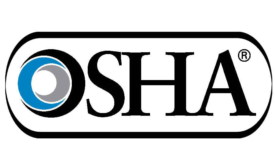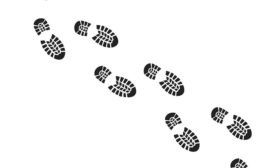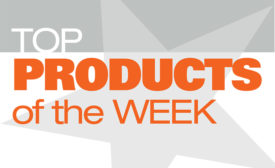News
Early cancer diagnosis saves lives, cuts treatment costs
Global cost = $1.16 trillion
February 8, 2017
Seriously, walking 10,000 steps every day?
Walking from Maine to Colorado isn’t for everyone
February 6, 2017
A Union of Concerned Scientists blog post
President Trump just put America’s workers at risk
February 6, 2017
Never miss the latest news and trends driving the safety industry
eNewsletter | Website | eMagazine
JOIN TODAYCopyright ©2024. All Rights Reserved BNP Media.
Design, CMS, Hosting & Web Development :: ePublishing











